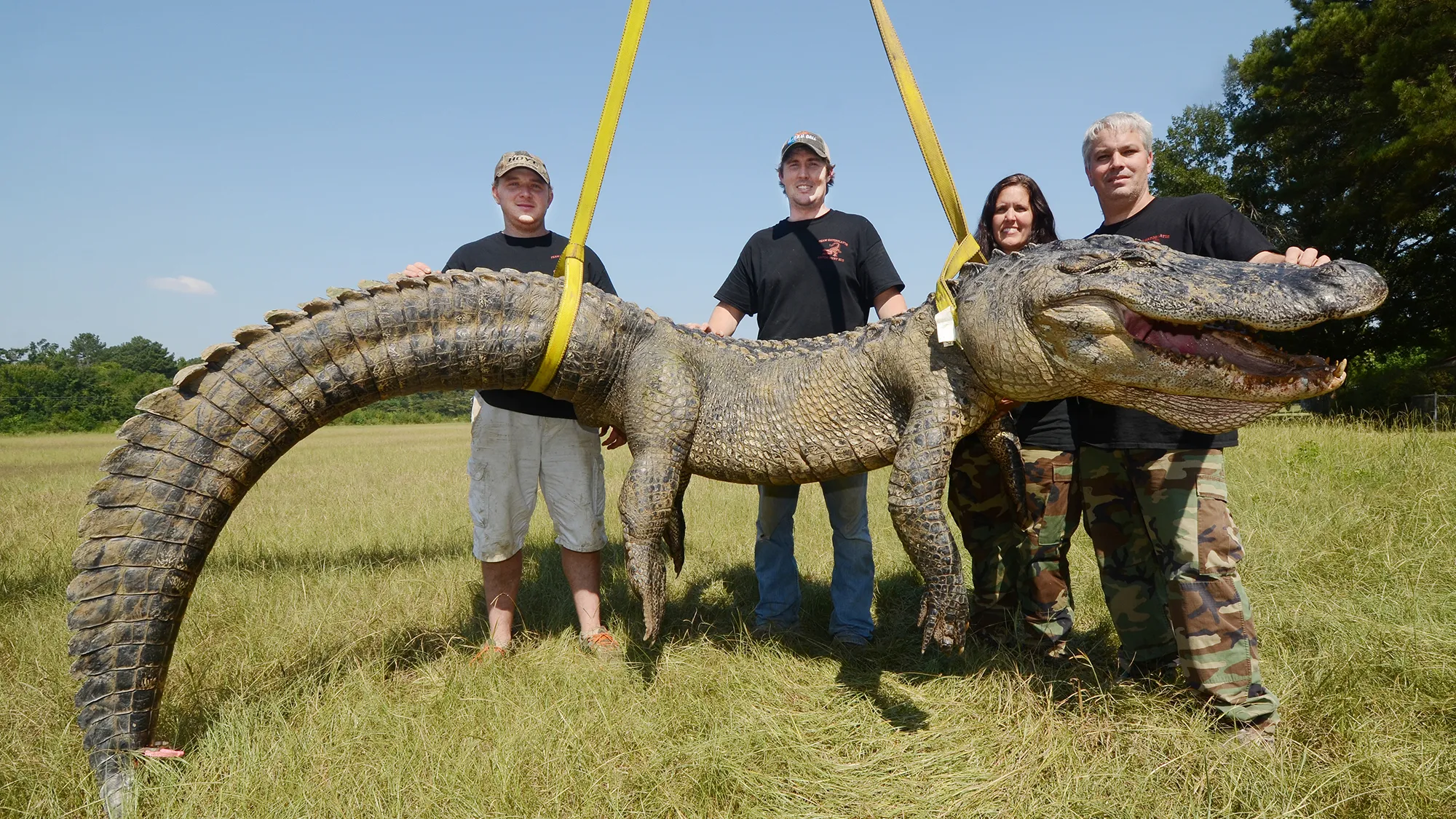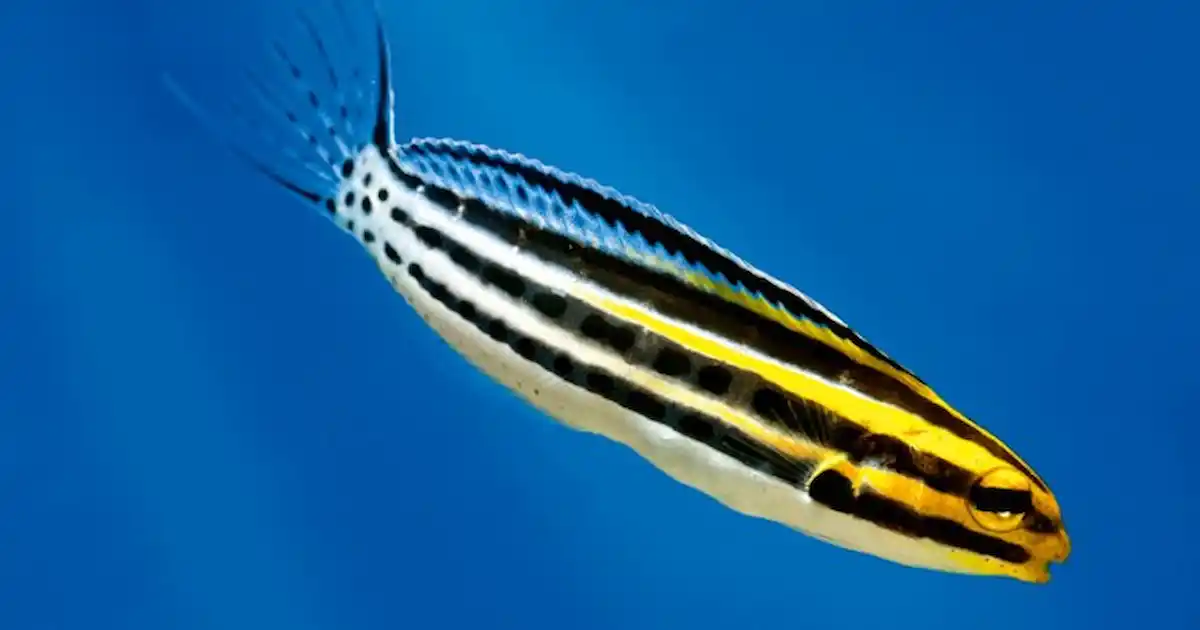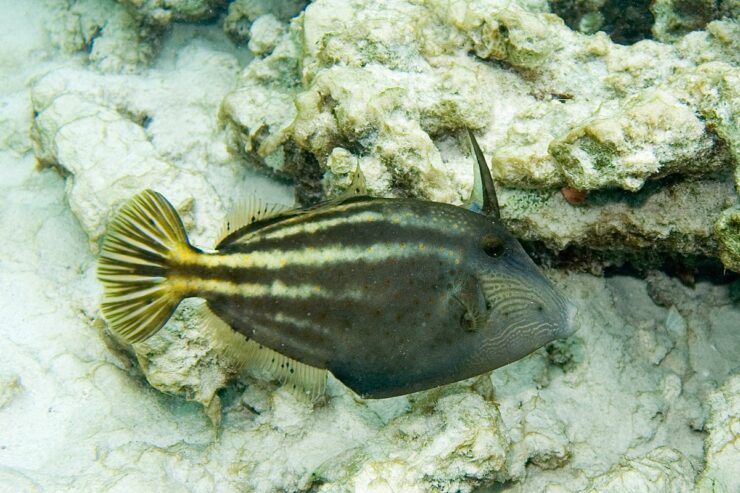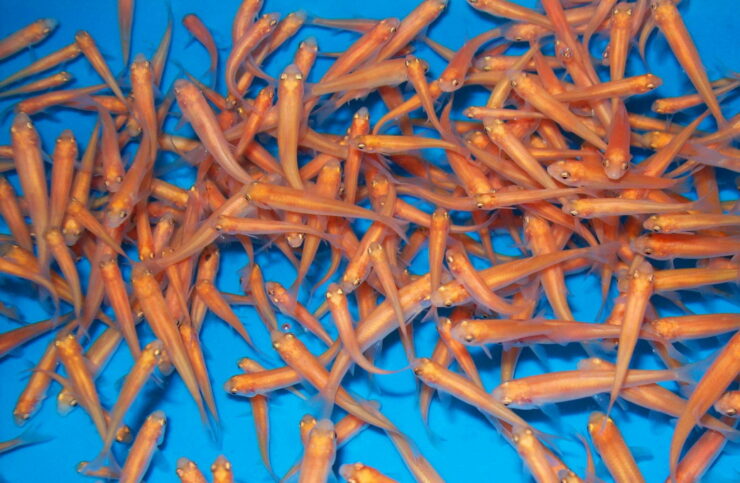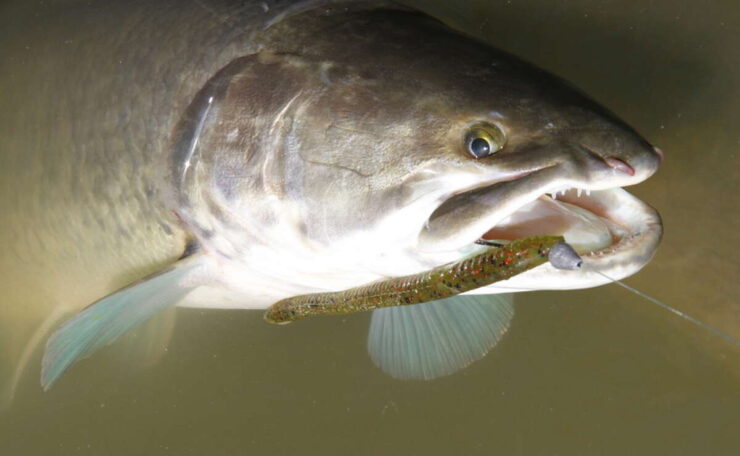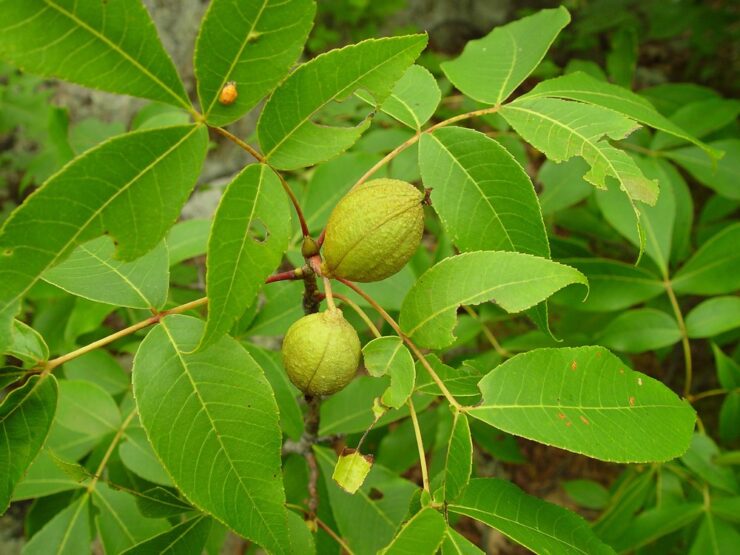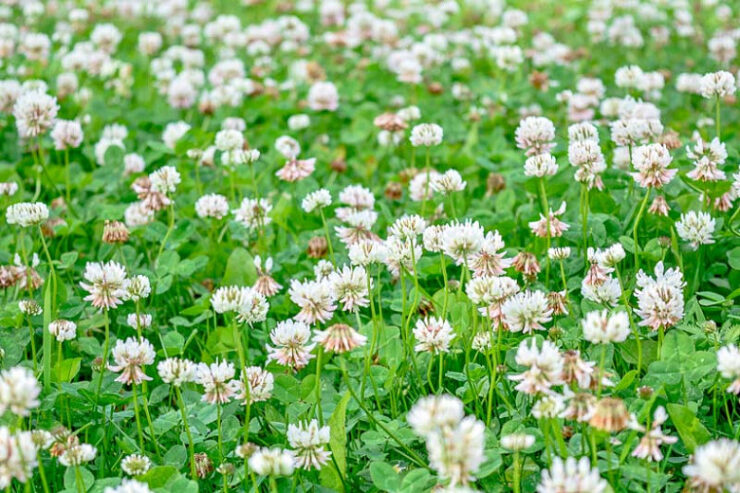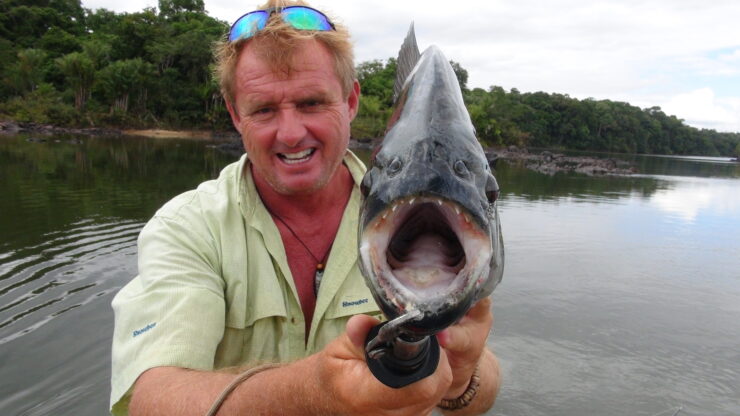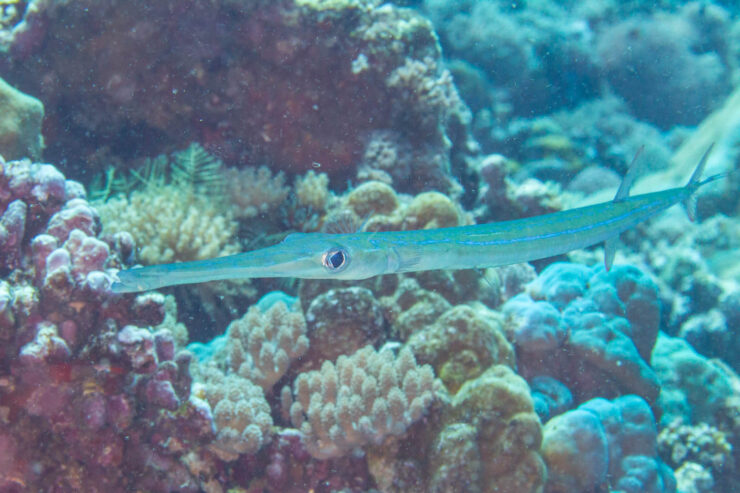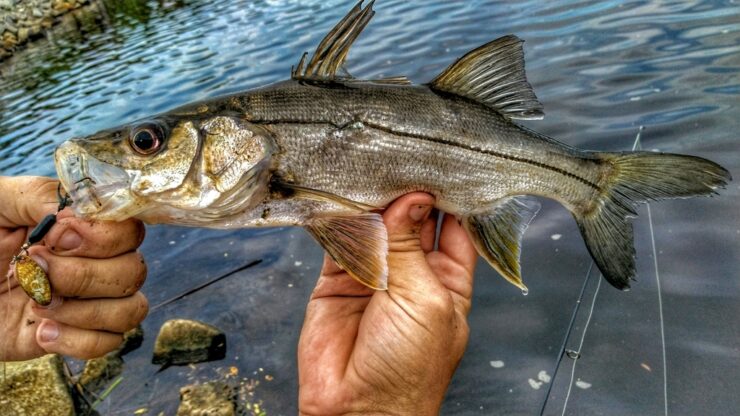Alligator Hunting Tips
1. Place your setup in a place where alligator trails are spotted on the shoreline. 2. Your hook is should be baited with a piece of smelly chicken or fish. 3. Allow the bait to dangle around 2 1/2 feet above the water. The higher that the bait is above the water, the bigger the … Read more

